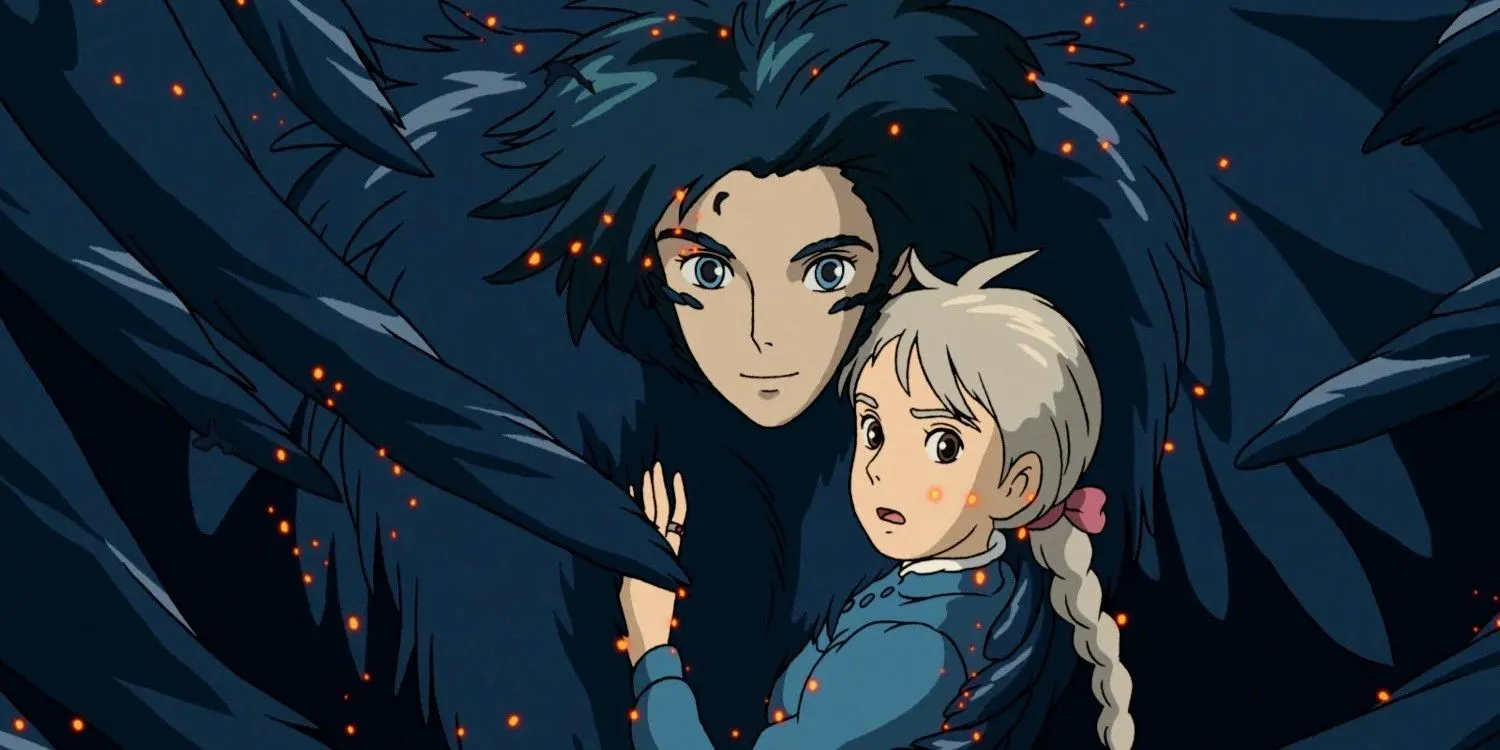
Studio Ghibli stands as a titan in the world of anime, celebrated for crafting some of the most beloved and influential films in the genre. From the hauntingly beautiful Nausicaä of the Valley of the Wind to the introspective and critically acclaimed The Boy and the Heron, the studio has consistently inspired and captivated audiences around the globe. Yet, the sense of contagious optimism typical of many Ghibli films often contrasts sharply with the more cynical perceptions of their legendary director, Hayao Miyazaki.
Known for his iconic storytelling and rich animation, Miyazaki is often viewed through a lens of darkness and skepticism. This reputation has largely been shaped by his own candid remarks during interviews, where he has expressed critical views about both the anime industry and his personal works. A popular meme, featuring him dismissing anime as a grand mistake, humorously encapsulates this sentiment, yet it highlights a deeper truth about his outlook.
Fans affectionately refer to him as “Grumpy Miyazaki,”implying a jaded view of life that doesn’t quite align with the optimism found in his films. Intriguingly, the emotional richness within his stories reveals a more complex character. In a reflective interview around the release of Howl’s Moving Castle, Miyazaki suggested that his true intentions might be frequently misunderstood.
Hayao Miyazaki and “Seeing the Hope”
The Director Reveals His Hidden Optimism

In a revealing 2004 interview, translated by Nausicaa.net, Miyazaki addressed the humanitarian themes prevalent in his work. He clarified, “I did not deliberately try to deliver any educational ideologies or messages to the audience.” He elaborated on his motivation for creating Howl’s Moving Castle, stating, “there are too many unhappy matters in the world.” This insight into his creative process showcases that a director aiming to uplift viewers cannot truly be considered a pessimistic person.
Further emphasizing his hopeful perspective, he added, “We hope that, through the movie, people can keep up their courage and see the hope. The world is still nice and beautiful. It is worthwhile for us to survive and explore it.” This intrinsic belief in hope underlies much of his storytelling, allowing even characters who grapple with inner conflict, like Howl, to reflect the transformative power of love and kindness.
Other Ghibli classics, such as My Neighbor Totoro, while seemingly lighthearted, encompass profound messages about imagination and resilience in the face of adversity, proving that Ghibli films universally resonate with uplifting themes that encourage their audiences.
Understanding Hayao Miyazaki’s Reputation
The Humanitarian Behind the Critique

Despite his significant contributions to animation, Miyazaki’s candor has woven a complicated narrative around his public persona. His critiques of various aspects within the industry cast a long shadow over his optimistic creations. Notably, Hideaki Anno, famed creator of the Evangelion franchise, once humorously referred to him as “a really mean old guy,”underscoring that even industry peers acknowledge his prickly demeanor.
In a 2005 interview with The New Yorker, he made a controversial remark wishing to see “Manhattan underwater,” reflecting his staunch opinions about U.S. foreign policy during that era. Such statements, albeit harsh, speak to his advocacy for peace, mirroring the anti-war sentiments expressed in Howl’s Moving Castle. Even his vehement opposition to AI, which he labeled “an insult to life itself,”reveals a deep-seated belief in the value of human creativity.
Miyazaki’s negative responses to technological advancements illustrate his dedication to the artistry of traditional animation. While he may come across as grumpy, what lies beneath is a passionate commitment to preserving the human touch in art. His films often depict the struggles associated with creativity, evident in The Wind Rises and The Boy and the Heron — stories that resonate with anyone pursuing artistic expression.
Appreciating Others in the Industry
Expressing Admiration for Disney and DreamWorks

While Miyazaki is known for his sharp critiques, he is also capable of recognizing excellence in his contemporaries. In a 2004 interview, he reflected on the competitive landscape of American animation, particularly admiring the works of Disney and DreamWorks. He described Disney’s animated features as akin to “classical ballet dances,” while characterizing DreamWorks’ productions as more representative of “modern pop music.” His appreciation for Disney’s earlier films further illustrates that, despite his general criticism, he possesses a discerning eye for quality animation.
In conclusion, Hayao Miyazaki, while embodying a duality of grumpy wisdom and boundless creativity, demonstrates that he shares the same humanitarian values reflected in his films. Although often critical, his body of work, including classics like Howl’s Moving Castle, serves as a beacon of hope in the world of animation. Studio Ghibli will likely continue to touch the hearts of audiences for generations, proving that the spirit of optimism is alive and well in the world of anime.




Leave a Reply